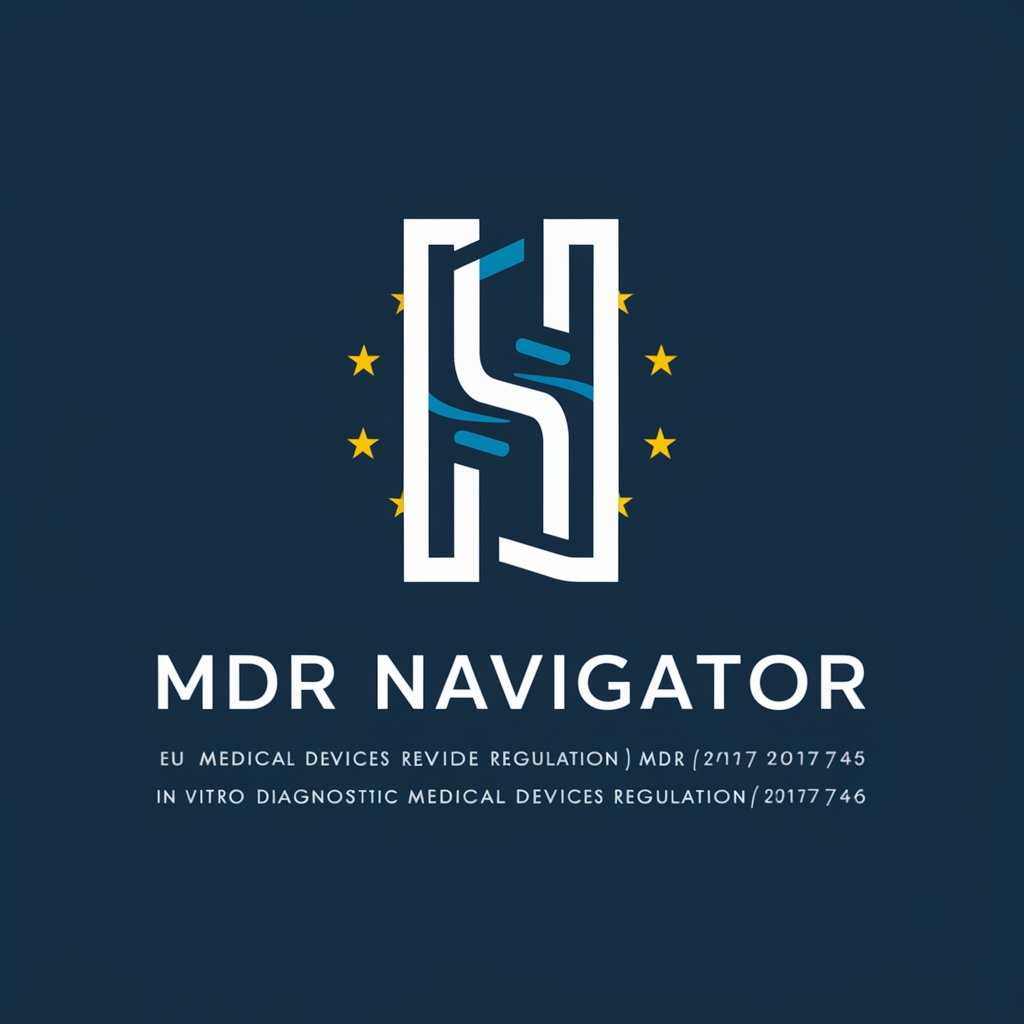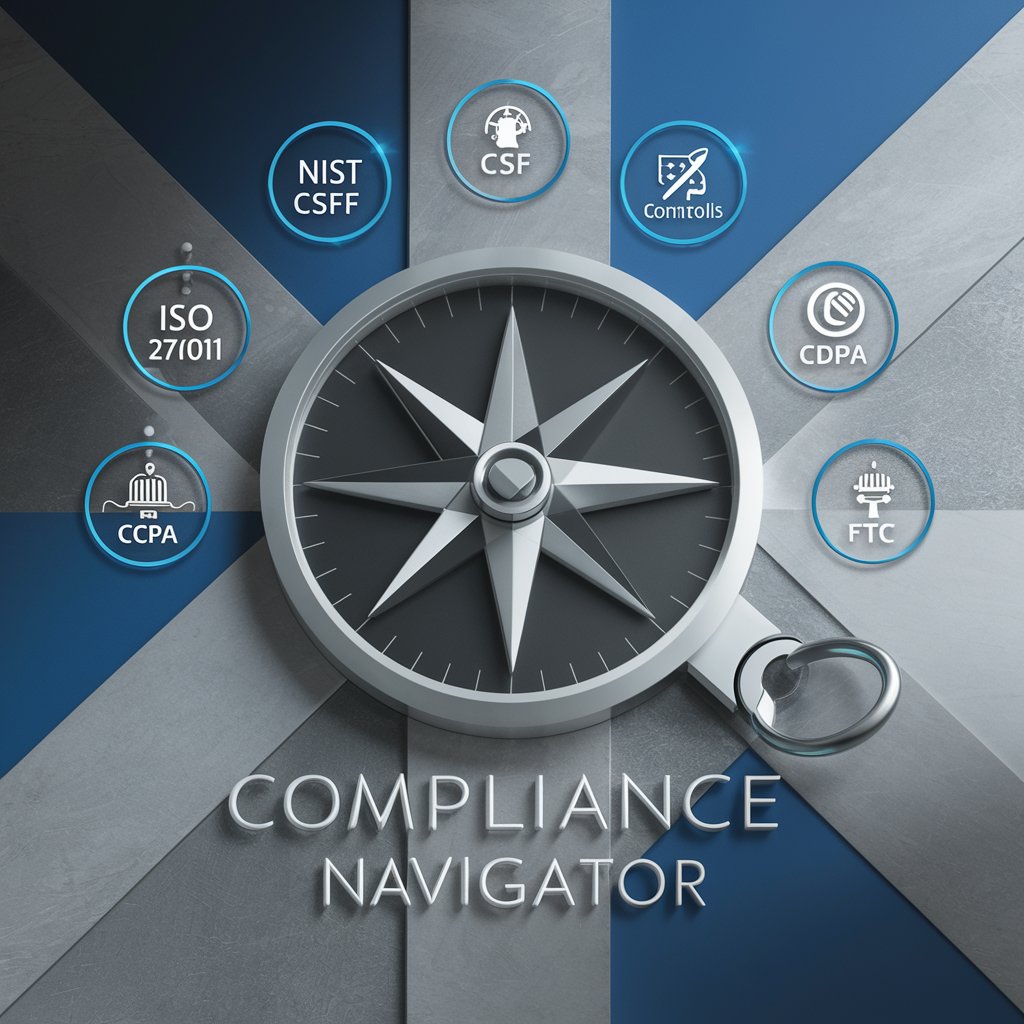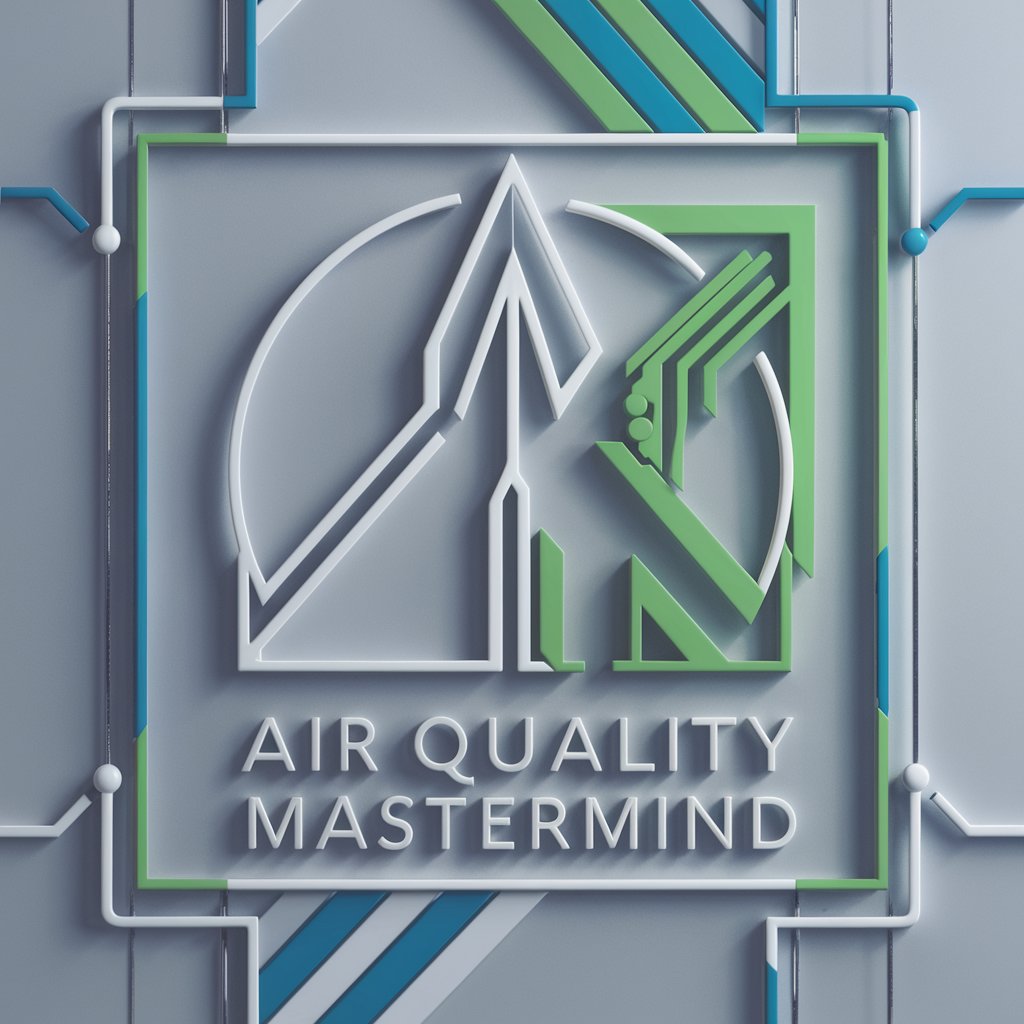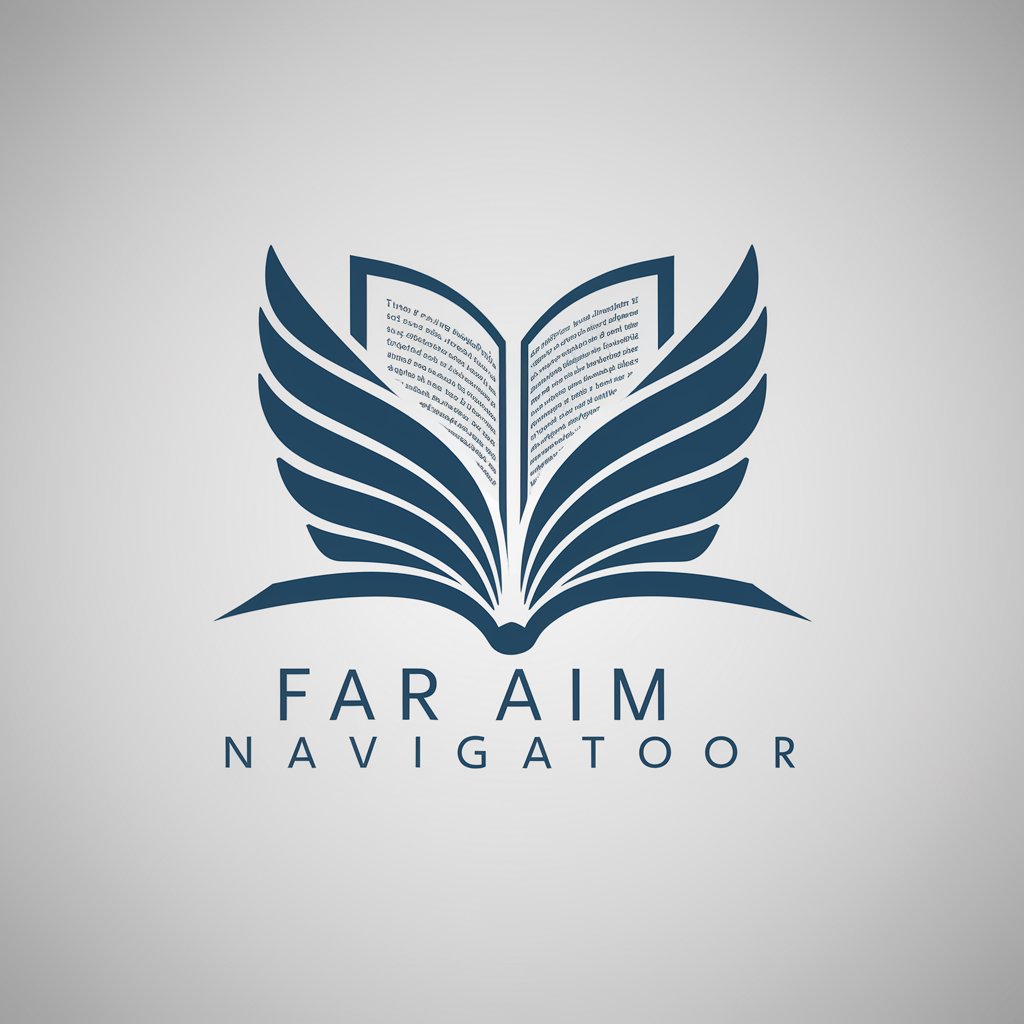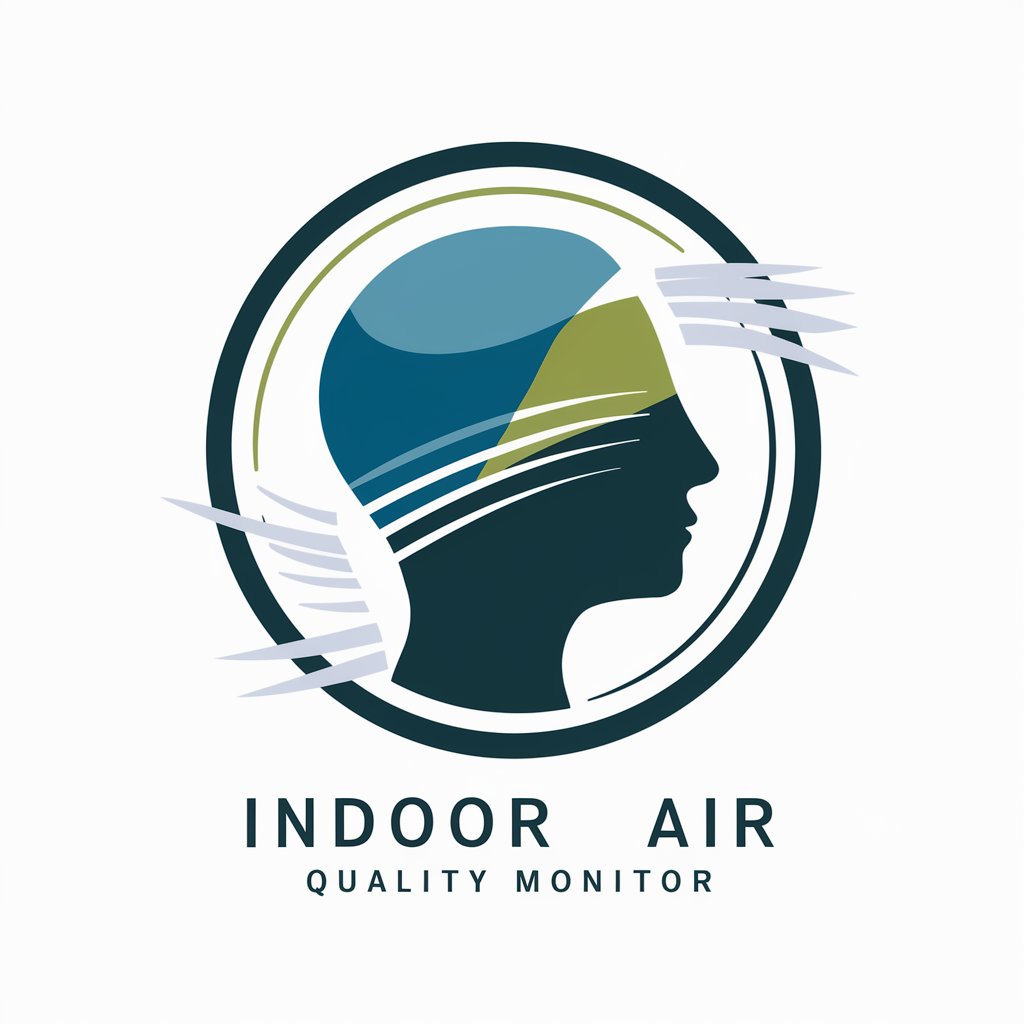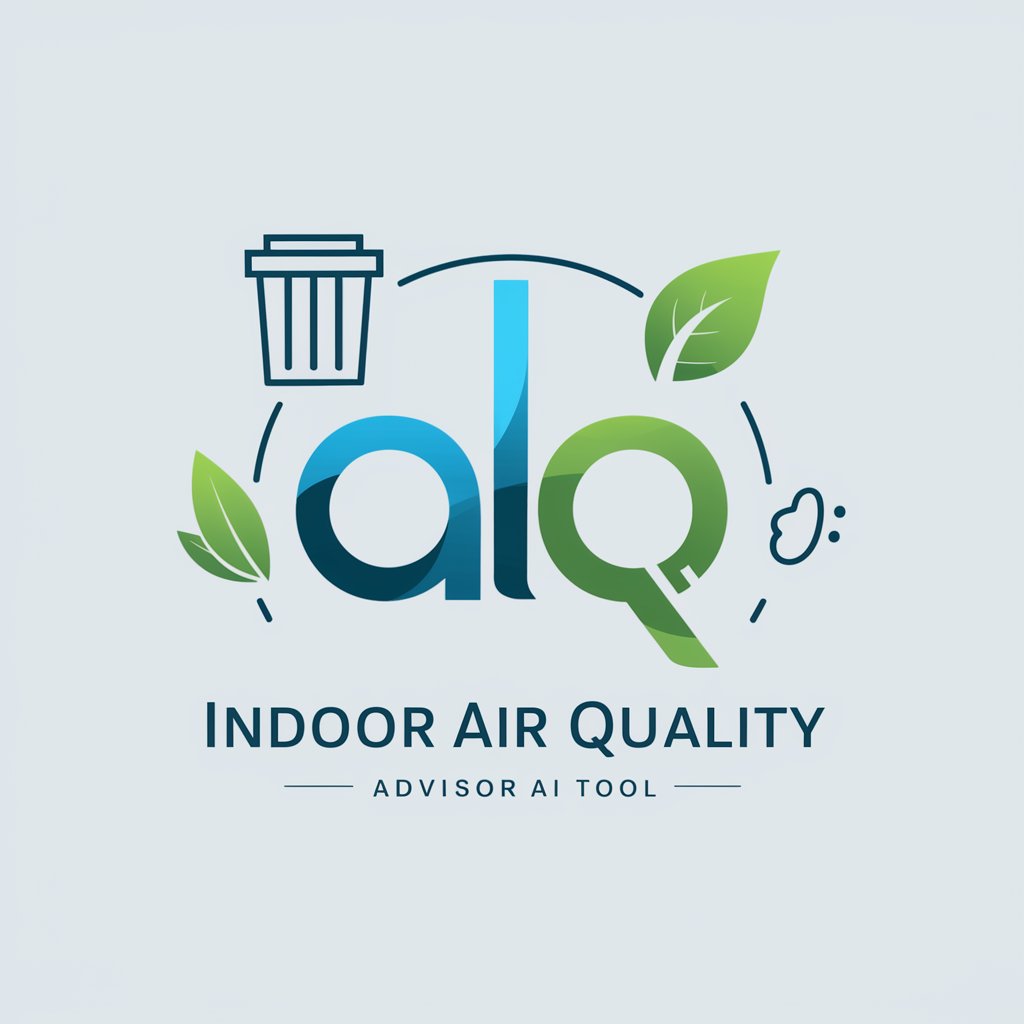
CFR Navigator for Ambient Air Monitoring Porgams - Ambient Air Monitoring Guidance
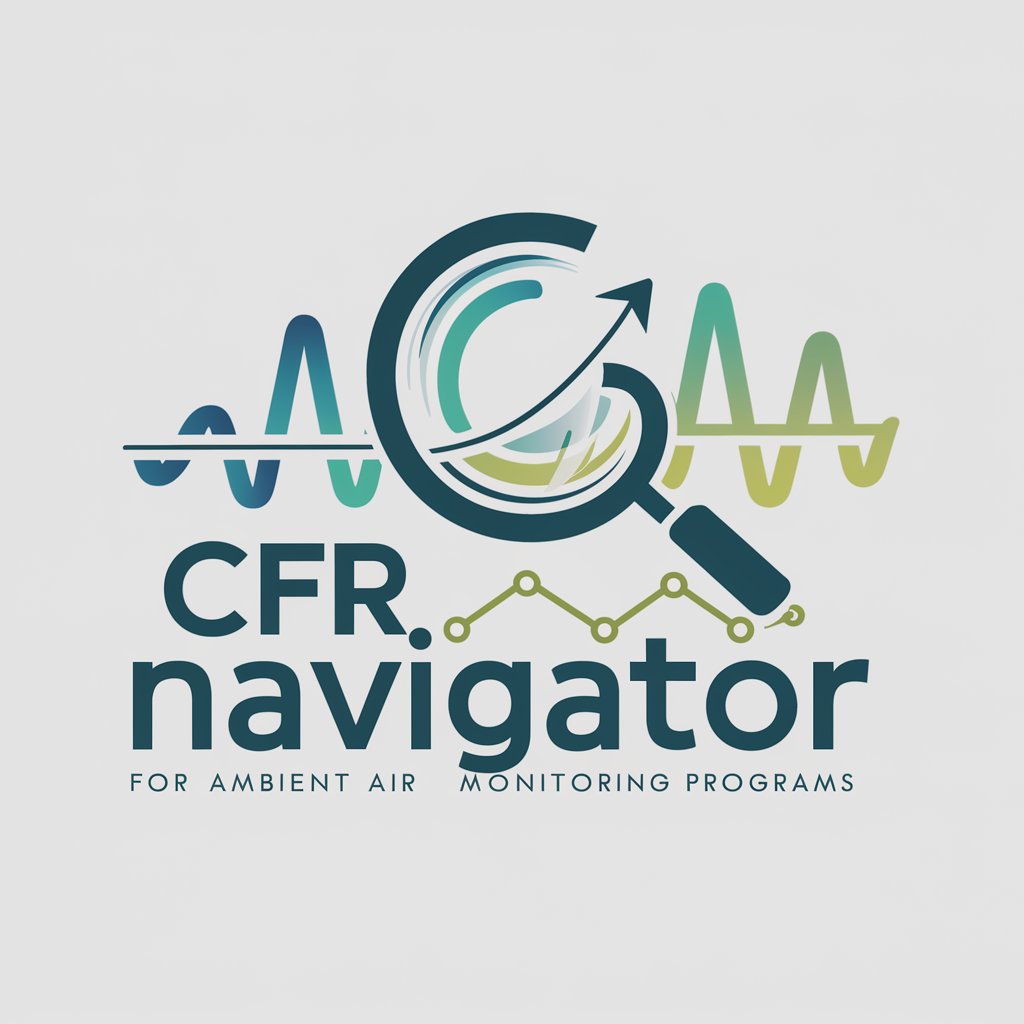
Welcome to the CFR Navigator for Ambient Air Monitoring Programs.
Streamline ambient air monitoring compliance and reporting with AI-driven insights.
Explain the requirements for establishing a new air monitoring station under 40 CFR Part 58.
What are the criteria for reporting air quality data to the EPA according to 40 CFR Part 58?
Describe the purpose and applicability of Special Purpose Monitors (SPMs) as defined in 40 CFR Part 58.
How does the Montana QAPP ensure compliance with the quality assurance requirements in 40 CFR Part 58?
Get Embed Code
CFR Navigator for Ambient Air Monitoring Programs: An Overview
CFR Navigator for Ambient Air Monitoring Programs is designed to assist the State of Montana's ambient air monitoring program with detailed inquiries about the Code of Federal Regulations (CFR), particularly focusing on parts that are pivotal to ambient air quality monitoring and management. This GPT is tailored to aid Air Monitoring Coordinators by providing precise interpretations and guidance on compliance with the regulatory texts of the CFR, particularly 40 CFR Parts 50 and 58, which cover the National Ambient Air Quality Standards (NAAQS) and Ambient Air Quality Surveillance respectively. A practical scenario illustrating its function could involve a query about the correct methodology for PM2.5 sampling as stipulated in 40 CFR Part 50. The CFR Navigator would then provide a detailed explanation of the CFR requirements for PM2.5 sampling, possibly referencing the method outlined in Appendix L to Part 50 and how it applies to the State's air monitoring efforts. Powered by ChatGPT-4o。

Key Functions and Use Cases
Regulatory Interpretation
Example
Interpreting the requirements for air quality index reporting under 40 CFR Part 58, Subpart G.
Scenario
A state air monitoring coordinator is unsure about the requirements for public reporting of air quality data, including the Air Quality Index (AQI). CFR Navigator provides a detailed interpretation of §58.50, outlining how states must report AQI to the public, emphasizing the necessity for daily reports in metropolitan statistical areas with populations exceeding 350,000.
Compliance Guidance
Example
Guidance on setting up a near-road monitoring station for NO2 as required by 40 CFR Part 58, Appendix D.
Scenario
Montana plans to expand its air monitoring network by adding a near-road NO2 monitoring station. The CFR Navigator outlines the procedural requirements, site selection criteria, and quality assurance requirements based on Appendix D to Part 58, ensuring the state's plan meets federal guidelines and contributes effectively to the national ambient air monitoring network.
Quality Assurance Project Plan (QAPP) Analysis
Example
Analyzing Montana's QAPP in the context of the requirements laid out in 40 CFR Part 58, Appendix A.
Scenario
When the State of Montana updates its QAPP, CFR Navigator examines the plan to ensure it aligns with the quality assurance requirements specified in Appendix A to Part 58. It checks for completeness, including QA procedures for monitor operation, data handling, and the process for ensuring data reliability and accuracy for regulatory decisions.
Target User Groups
State Air Monitoring Coordinators
These individuals are directly responsible for the planning, implementation, and oversight of ambient air monitoring within their jurisdictions. They require detailed understanding and adherence to CFR regulations to ensure the accuracy, reliability, and compliance of their air monitoring programs with federal standards. CFR Navigator assists by providing precise regulatory interpretations, practical compliance guidance, and technical support tailored to their specific queries and operational challenges.
Environmental Regulatory Compliance Staff
Staff members who are involved in ensuring that air quality monitoring activities comply with environmental regulations benefit from CFR Navigator's in-depth analyses of regulatory requirements. By facilitating a clear understanding of CFR parts relevant to air quality monitoring, the tool helps these professionals develop and maintain monitoring programs that meet or exceed regulatory standards.

Usage Guidelines for CFR Navigator for Ambient Air Monitoring Programs
Start with a Free Trial
Begin by exploring the capabilities of the CFR Navigator for Ambient Air Monitoring Programs with a free trial available at yeschat.ai, which requires no login or subscription to ChatGPT Plus.
Familiarize with Regulatory Text
Review the foundational documents uploaded to the knowledge base, particularly 40 CFR Parts 50 and 58, and the Montana QAPP, to understand the regulatory and quality assurance backdrop of your inquiries.
Prepare Detailed Inquiries
When asking questions, be as specific as possible about the regulatory or compliance issue you're facing. Include any relevant details about your monitoring program or the specific section of the CFR or QAPP you're referencing.
Use Varied Questions
Leverage the tool's capability to interpret and explain regulatory text, offer compliance guidance, and provide interpretations relevant to Montana's ambient air monitoring program. Ask diverse questions covering different aspects of ambient air monitoring compliance.
Engage with the Results
Review the answers and regulatory citations provided. If clarifications or further details are needed, follow up with more specific questions or request additional insights into the application of regulations.
Try other advanced and practical GPTs
Movie Buff
Master movies with AI-powered trivia.

Design Buff
Empowering creativity with AI-driven design insights.
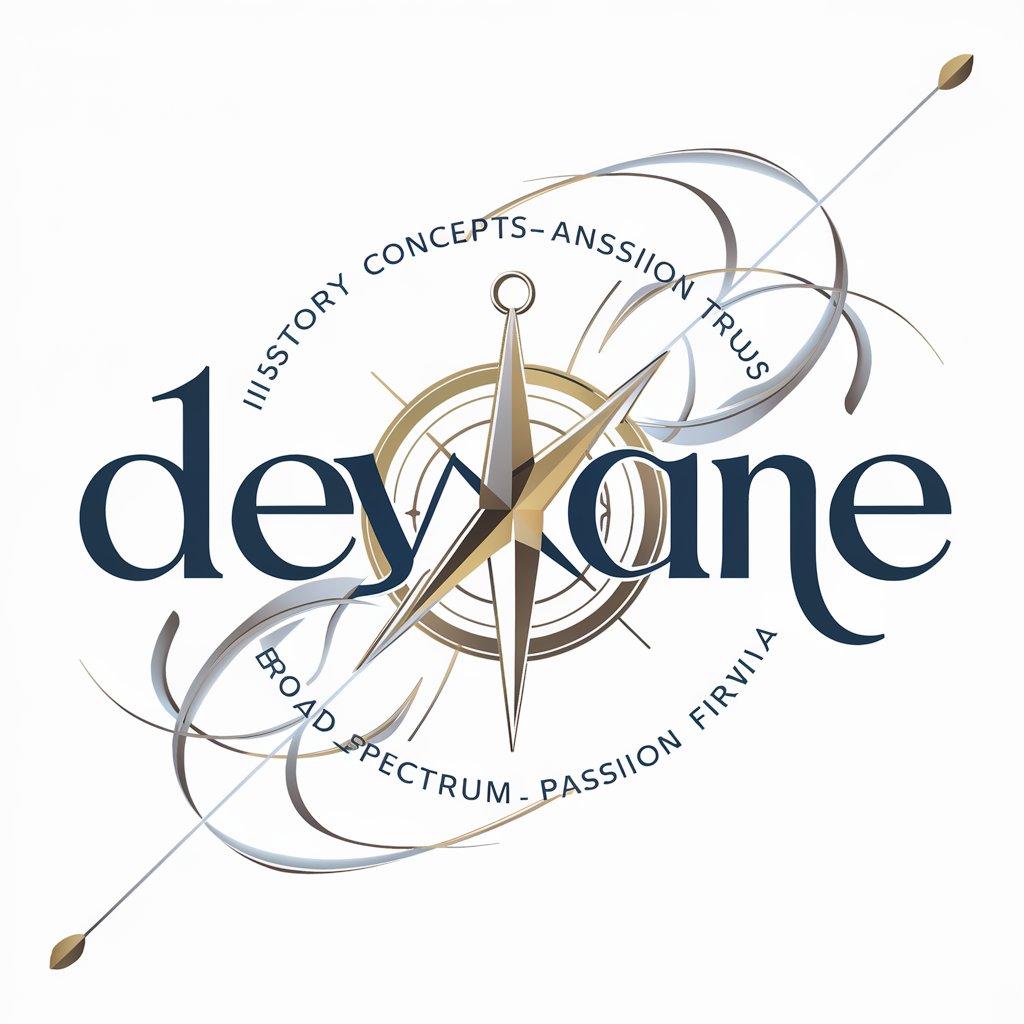
Buff Fello
Elevate Your Fitness Journey with AI

Python Code Copilot
Empowering Python Excellence with AI

Python Pseudocode Translator
Turning ideas into Python code, effortlessly.
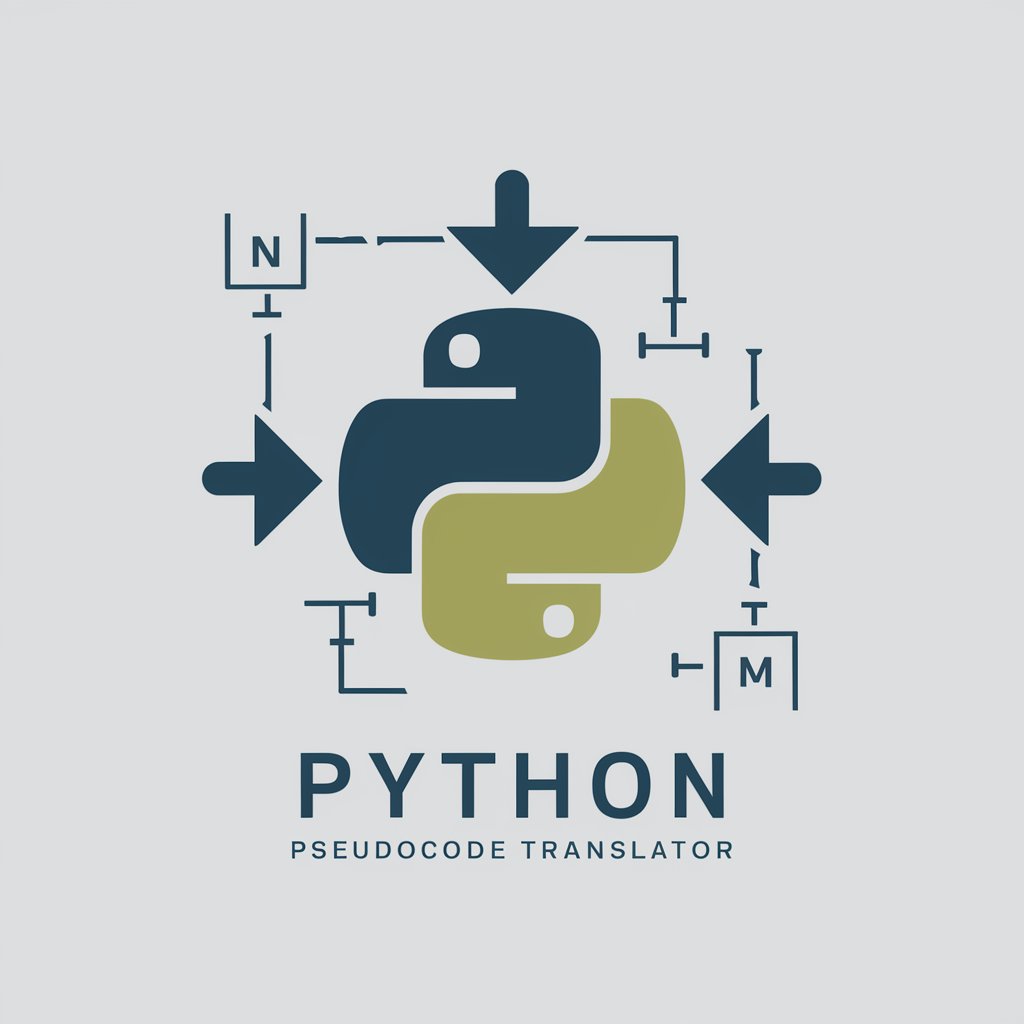
Narcissist Slayer
Empowering You Against Narcissism

Esperto Ambiente e Salute
Empowering informed environmental health decisions with AI.

Teu Amigo
Empowering learning with AI interaction.

Ambient Expert
Navigate complexities with AI-powered clarity.
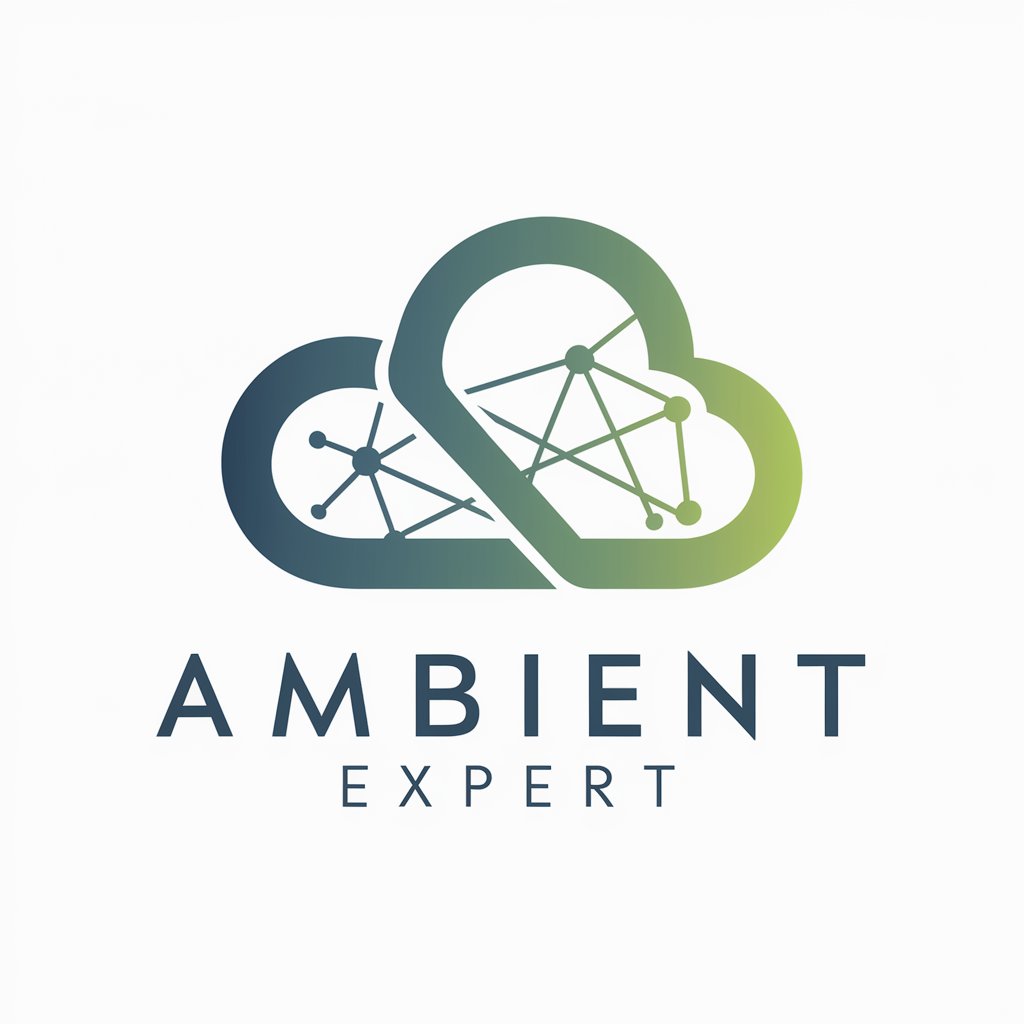
Ambiente, sostenibilità e rifiuti
AI-powered Environmental Expertise

Messi's Champion Gallery
Craft unique tributes to soccer's greatest, powered by AI.

Trump Tribute
Discover the Inspirational Side of Trump

Common Questions about CFR Navigator for Ambient Air Monitoring Programs
How can I determine if a monitoring site meets the criteria for comparison to the PM2.5 NAAQS?
To determine if a monitoring site meets the criteria for comparison to the PM2.5 NAAQS, refer to the specifications in 40 CFR 58.30. Sites representative of area-wide air quality are eligible for comparison to the annual PM2.5 NAAQS, while sites reflecting unique micro-scale or localized impacts may only be compared to the 24-hour PM2.5 NAAQS.
What are the requirements for operating Special Purpose Monitors (SPMs) under CFR Part 58?
Operating Special Purpose Monitors (SPMs) must adhere to the quality assurance and data reporting requirements detailed in 40 CFR 58.20. SPMs must be included in the annual monitoring network plan, meet criteria in Appendix A, and data collected using FRM, FEM, or ARM must be submitted to AQS, following the specifications in Appendix A for comparability and reporting.
How often must ambient air quality data be reported and certified?
Ambient air quality data must be reported quarterly and certified annually, as specified in 40 CFR 58.16 and 58.15, respectively. The certification letter, affirming the accuracy and completeness of data to the best knowledge of the certifying official, is due by May 1st each year.
What steps should be taken to assess the quality of a monitoring network?
A monitoring network's quality assessment involves submitting an annual monitoring network plan and conducting a periodic network assessment every five years, as required by 40 CFR 58.10. These documents should outline the network's compliance with monitoring objectives, any needed modifications, and the maintenance of an air quality surveillance system.
What criteria must be met for discontinuing a SLAMS monitor?
To discontinue a State or Local Air Monitoring Station (SLAMS) monitor, certain criteria outlined in 40 CFR 58.14 must be met, such as demonstrating attainment during the previous five years and a low probability of exceeding NAAQS thresholds, or by showing that it measures lower concentrations than another monitor in the same area, among other criteria.
